Editorial: USA Cycling Has Misplaced Road Nationals
Memorial Day weekend timing of the 2025 race is a big miss.
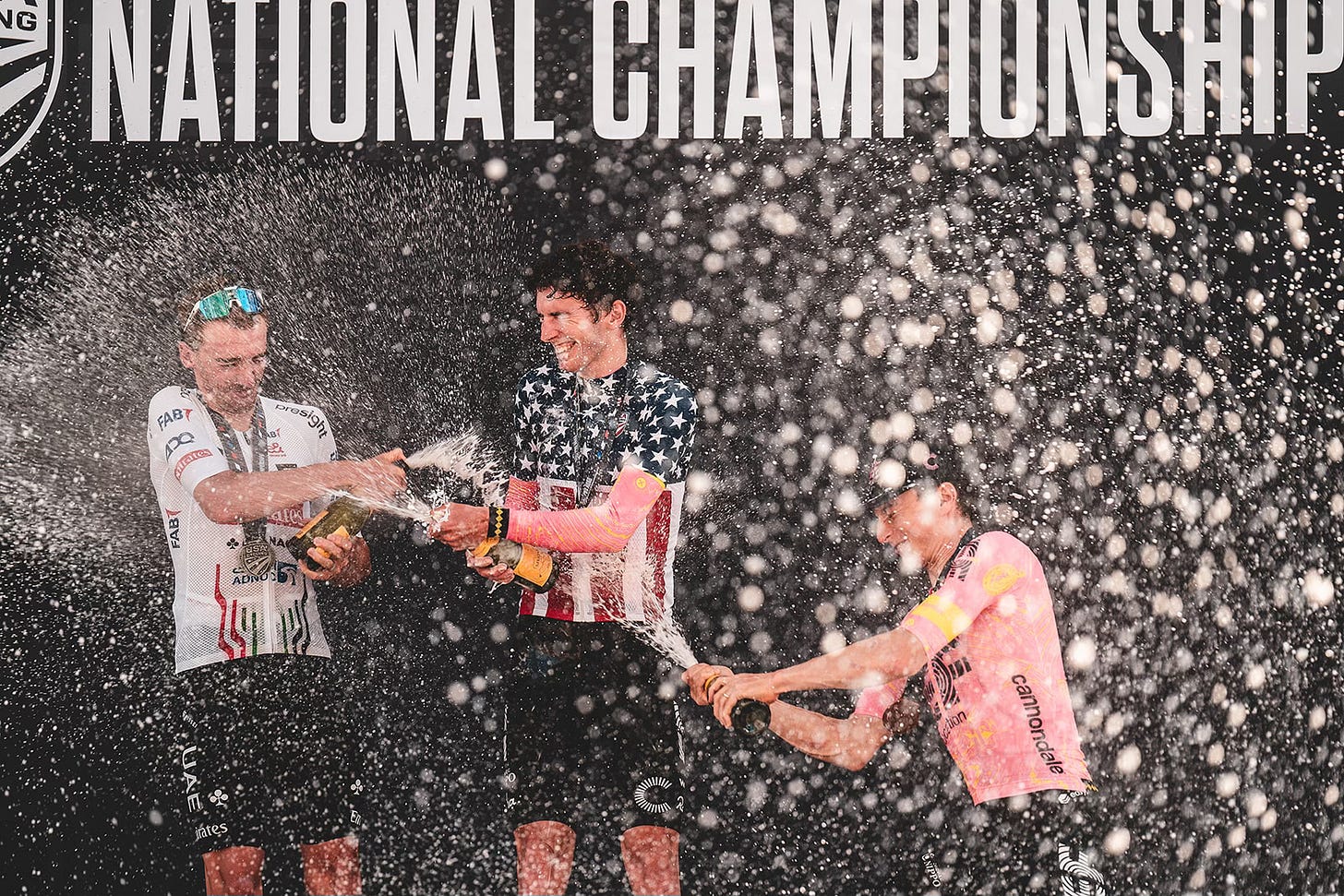
The date of a U.S. cycling national championship seems to be a perennial hot topic across many racing disciplines. Only a handful of years ago, we witnessed date-related drama in cyclocross with arguments for a pre- or post-New Year’s Day championship. The result was chaos, and somehow, we ended up with two cyclocross champions in 2018. The United States has stood apart from our European neighbors in the timing of nationals in many disciplines and it is often beneficial. However, the decision by USA Cycling to put road nationals over the Memorial Day weekend, and more importantly, the lack of coordination with other events, is wrong and demonstrates a troubling trend of elitism by the organization.
First, this critique has nothing to do with the choice of venue for nationals. After a long stint in Knoxville, the race moved to Charleston, West Virginia, last year and, by all reports, was an appropriate venue for both the criterium and road race. It certainly would be nice for USA Cycling to prioritize accessibility to the venue and find a location closer to a large airport. However, from the spectator's perspective, though, the course looked challenging, and both the men’s and women’s races, as a consequence, were exciting to watch.
The date of nationals has moved around over the past 15 years. Until the late 2000s, America’s national champions were crowned at the end of August. That date was then adjusted to the end of June. This move placed nationals before the Tour de France, a point that will become critical in a second. It wasn’t until recently that the date was adjusted forward even further to May. These changes affect the time period of the ultimate prize for winning nationals and determine when a rider can wear the Stars and Stripes jersey in competition. Therefore, when George Hincapie won in 2009, he was able to wear the Stars and Stripes jersey at the 2010 Tour— a critical marketing coup for any team.
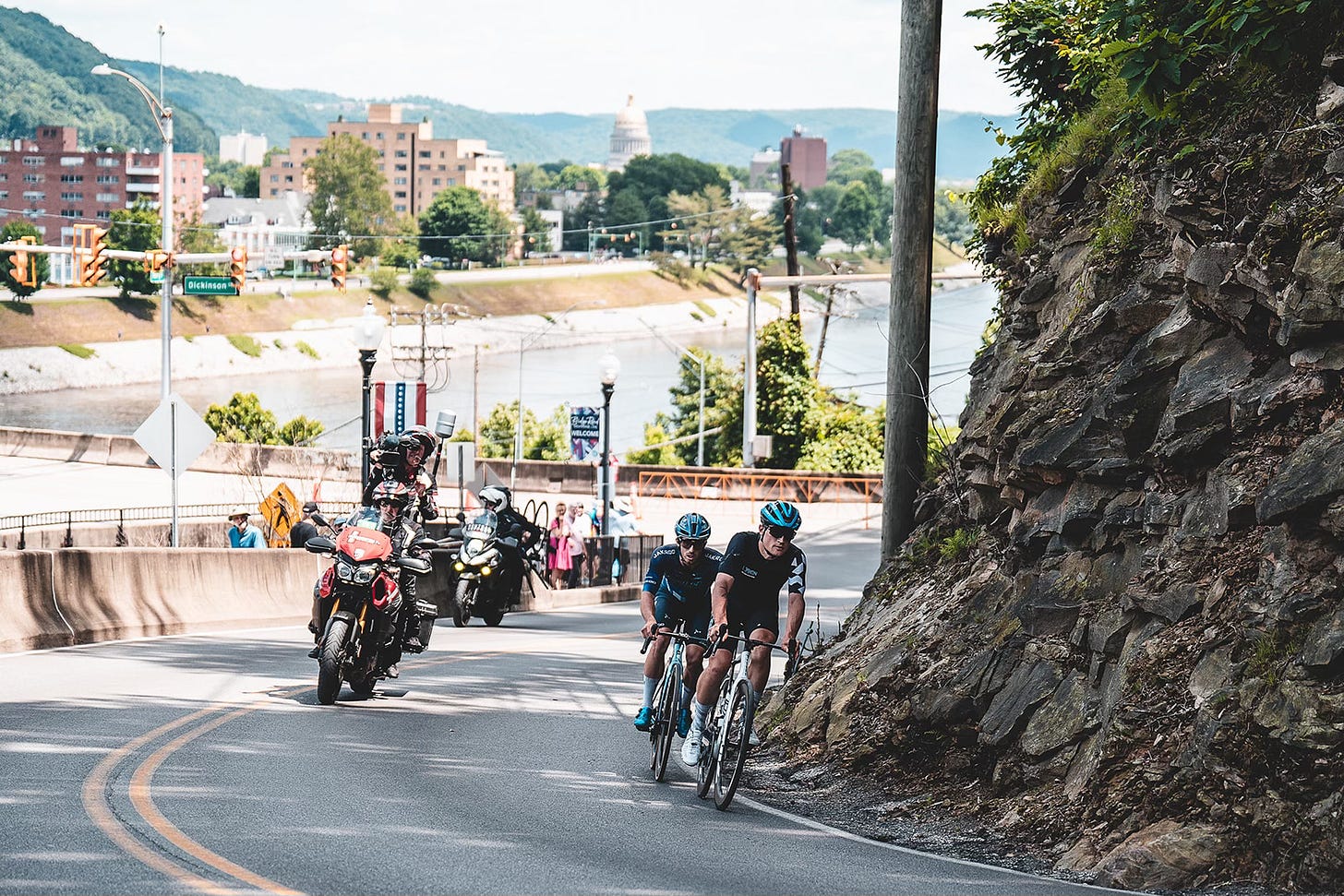
With the removal of “amateur” nationals from the calendar, we now only have the pro/elite championship for the men, while the women have only ever had one race. The last amateur championship was run in 2023, and despite no official announcement from USA Cycling, that race appears to be gone for the foreseeable future. In 2024, the pro/elite criterium was held on May 17, and the pro/elite road race was on May 19, two days later. For 2025 USA Cycling adjusted that back by a week so that the criterium will run on May 23 and the road race on May 25. Those new dates directly conflict with multiple established events throughout the country. The list includes:
Killington Stage Race, Vermont
Quad Cities Criteriums, Iowa and Illinois
Easton Twilight and Tour of Somerville, Pennsylvania and New Jersey
Winston-Salem’s Gears and Guitars, North Carolina
This year, Winston-Salem will be the finale of the USACRITS series, and Somerville will celebrate its 80th edition. In 2024, nationals fell on the same weekend as the smaller but still well-attended Wilmington GP.
The alignment of nationals on top of these prestigious events has caused consternation among riders and promoters. Even when the event was the same weekend as only Wilmington, teams were vocal about being forced to choose between the two. The date choice fundamentally detracts from the quality of nationals, billed as the country's premier “single-day” races for the year. And yes, we are speaking about both the criterium and road race, even though a fair number of riders from both American and European-based teams sit out the criterium because it is “too dangerous.” That fact already detracts from the value of the criterium and reinforces the view that criterium racing in the US is somehow a lesser discipline. But that is an editorial for another day.
What makes USAC’s decision to try and compete with established national and regional caliber events more troubling is the thought process behind it. When asked about the change of the date, USAC responded, in a message that we have seen, “(o)ur reasoning for moving it is to allow our riders who do the Tour, the opportunity to race nationals and then get back to Europe without having to jump straight into the race. Late June is the mandated time period for national championships by the UCI, but we have been given permission to shift dates for the above reason.”
I want to deconstruct that statement. The reference to the Tour is obviously geared towards the Tour de France. The Tour is already a race that is overblown in cycling, especially from a marketing perspective, to the detriment of basically every other race on the calendar. Don’t get me wrong, the Tour is a great race, but bike racing is more than just three weeks in July. However, the Tour is a UCI 2.WT event, meaning only UCI World Tour teams, plus wild card UCI Pro teams can compete. As applied to USAC’s comment, that means that the date change is exclusively for the benefit of the World Tour level men who choose to race in Charleston. The women’s Tour starts around a month after the men’s race so the timing issue is moot.
In that context, let’s dive into the numbers for the men’s race. In 2024, the road race had 134 men on the start list, whereas the criterium had 100. Of those 134 racers, only 4 were World Tour riders— Brandon McNulty (UAE Team Emirates), Sean Quinn (EF-Education First), Neilson Powless (EF-Education First) and Lawson Craddock (Jayco-AlUla). The 2023 national champion, World Tour rider Quinn Simmons (Lidl-Trek), chose not to defend his title. Below the four World Tour riders were a host of UCI Continental riders like Colby Simmons, Cole Kessler, and the Project Echelon team. However, none of them were eligible to race in the Tour. Of the 100 starters in the criterium, Lawson Craddock was the lone World Tour rider on the start line.
If you do the math, that means USAC scheduled its event for the benefit of 4 male riders. The eligibility rules for our national championship should be noted here. In 2024, the race for the podium came down to 4 riders— Quinn, Powless, McNulty and Scott McGill. McGill, who races for the UCI Continental squad Project Echelon, was the only non-World Tour rider in that lead group. Mcgill would be dropped before the finale after spending nearly the entire race off the front in various moves. However, that lead group developed from a larger breakaway, which included the likes of Gavin Hlady (Aevolo), Robin Carpenter (L39ion), and Kieran Haug (CS Velo). That demonstrates that the group spanned the full spectrum of riders, from those who compete as professionals at the highest level on earth to domestic elites who do this in conjunction with day jobs.
That wide breadth of talent is special because it allows riders like younger riders like Haug to test themselves against the best and audition for a pro contract. For Haug, that meant earning a contract with Project Echelon for 2025. It was evident from the start of the men’s race that there was a high probability that the winners would come from the World Tour riders, with the rest of the field looking to play spoiler. That spoiler opportunity often pays off, as it did with 2023 runner-up Tyler Williams, who was then racing for L39ion. Tyler Stites landed on the podium in 2022 and 2023, and is now racing for the UCI Pro Continental Caja Rural team.
Having a chance to race above your station is a huge potential springboard, and any hindrance to that is a disservice to the riders and spectators. Forcing riders who can compete to decide between established national events and the national championship is a no-win situation. It detracts from the field at what should be the marquee event while, at the same time, detracting from the fields at what are the marquee races at other events.
However, it is also a sign of the secondary position that I perceive USAC places road racing, and especially criterium racing, in the scope of the overall sport. It’s well known that USAC’s current mission is to win medals at the Olympics. USAC receives substantial funding from the U.S. Olympic Committee with performance bonuses for medals won. That explains what I believe to be an outsized importance USAC places on track racing, and especially the team pursuit. Any observer can see the amount of marketing space on USAC’s social media dedicated to track racing compared to any non-championship race on the road. We did an entire set of Instagram posts tracking the USAC’s marketing biases, and the numbers were telling.
This is no knock against track racers or track racing. They deserve attention and praise for their accomplishments. However, that level of attention and funding should also find its way to road racing, which has a statistically larger number of participants. There are, of course, a limited number of velodromes in the United States compared to the thousands of miles of road suitable for racing and training.
There is no argument, our national championship does need World Tour riders. It actually needs more of them showing up on an annual basis. Four riders is not enough. At the start of 2024, 14 American men were registered to race on a World Tour team. Meaning less than 1/3 of that group attended last year’s nationals. I would love the opportunity to sit down and talk with the 10 riders who chose not to attend and hear the reasoning behind their decisions.
One would think there would be no higher honor as an athlete than representing one’s country in international competitions. As an elite athlete myself, admittedly in a different sport, that was always a very obvious goal. The way teams like UAE Emirates flaunt national champion jerseys won by their various riders, it appears they share this perspective. It would also be interesting to see if USAC contacted the 14 World Tour riders from 2024 to consult with them about moving the date and their likelihood of attending. I don’t care to handicap the odds of that being done; however, among the peloton I have to imagine that USAC is likely to lose more domestic elite riders than it will gain in World Tour riders from this move.
Seeing the Stars and Stripes jersey in World Tour races is also a laudable visual. Last year, when Quinn Simmons wore his Lidl-Trek red, white, and blue jersey, he became the first American man to race the Tour in 13 years with it on. The symbolism of that moment was not lost on commentators and the public. I would also love it if the Stars and Stripes jersey was worn by a rider racing Paris-Roubaix, Flèche Wallonne, or even the Vuelta a Espana.
On the other hand, the cost to the events competing with nationals is also high for their premier fields. Races like Easton, Somerville, and Winston-Salem are spectator events. One of the central tenets of criterium racing is that it takes place inside a smaller space and can be run in conjunction with festivals and civic events. Somerville draws over 100 men in the elite field and has done so for years. The crowd comes to see the spectacle and feel the wind rush by as the riders go along the downtown streets. For USAC to reduce that by any percentage as it competes with its own member events is a disservice.
It also undermines USAC’s mission statement: to develop the sport of cycling in the United States at all levels and achieve sustained international racing success while fostering a shared commitment to safety, integrity, and the joy of cycling. By placing nationals in competition with key regional and national caliber events, USAC is hurting the grass roots and mid-levels of the sport. And the decision to do so does not seem to have been made consciously, or at least without consideration of the consequences.
It also raises the question of whose interest USAC serves. It’s one thing for nationals to compete with a purely local race and another thing for it to be dropped on top of a national-caliber race. Of course, that would require USAC to recognize the value of “national level races” at all. Since the Pro Road Tour ceased to exist, USAC has been relatively absent from domestic road racing. There was a stint where USAC sponsored the American Criterium Cup. Still, even then, its marketing efforts were weak to the point of only posting once about the actual competition on Instagram, and only after the series was over. In that post, USAC failed to mention the winners or teams, and the image they used was from a non-ACC race a year earlier.
The trend by USAC is toward elitism. USAC is focused on medal capable athletes. However, without attention to the masses, the pool of medal-capable athletes will dwindle. I recognize that the riders at nationals, even the domestic elite riders, are among the top 1% of bike racers in this county, which makes them far from the classic definition of “masses.” Trust me, I rode with Haug earlier that year on a training ride in Tucson, and the man is an exceptional talent. Riders like Haug are the gateway to the masses. It’s that population that interacts with lower-category riders and those who are curious about the sport. Most live, ride, and race regularly in the United States. Whereas the World Tour riders live and race in Europe, often connected to America only through niche streaming services that the average American will never pay for. That isn’t the fault of the riders. Their jobs are in Europe, so it only makes sense that they rarely perform in front of home fans. But when you take away opportunities from the elite rider by forcing them to choose among events you diminish the possibility for exchange.
What should be done is conscious multi-factored decision-making and prolonged planning. USAC should work to deconflict and then develop. A May date is not an issue in itself. Even the thinking behind the decision to encourage World Tour riders to attend is not terrible; however, the lack of coordination is where the problem lies. There needs to be a recognition of the existence of a national-level domestic road calendar. I can even humbly recommend that USAC adopt our Medal Count events as that calendar. Then, USAC should do what is within its power and optimize the calendar for both the domestic races and its own championship events. I recognize that conflicts may always exist, but steps must be taken to minimize them rather than cultivate them, which appears to be the contemporary trend. Ultimately, I’m hoping for cooperation.
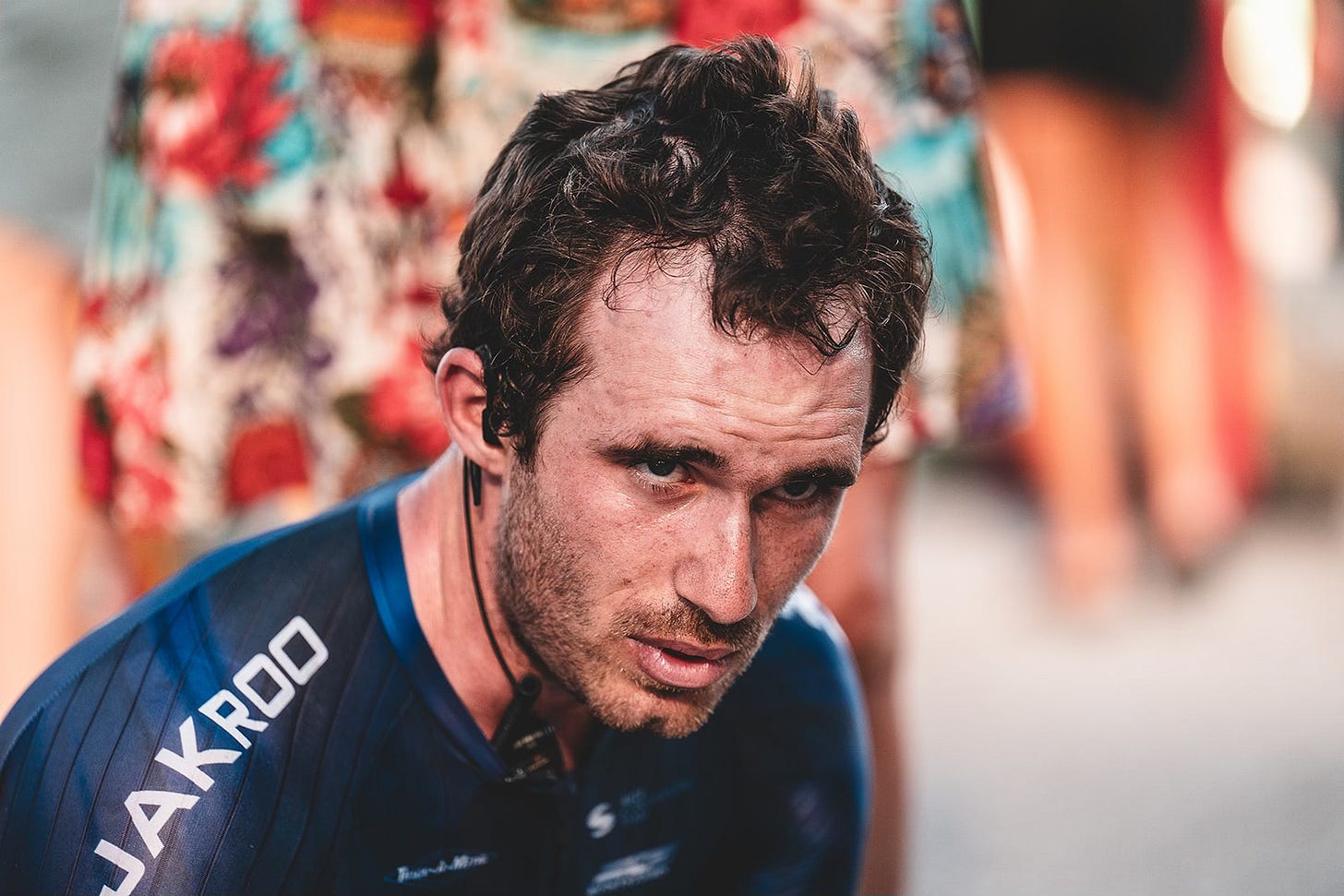
All photos by Kai Caddy. Jordan Cheyne contributed to this editorial.




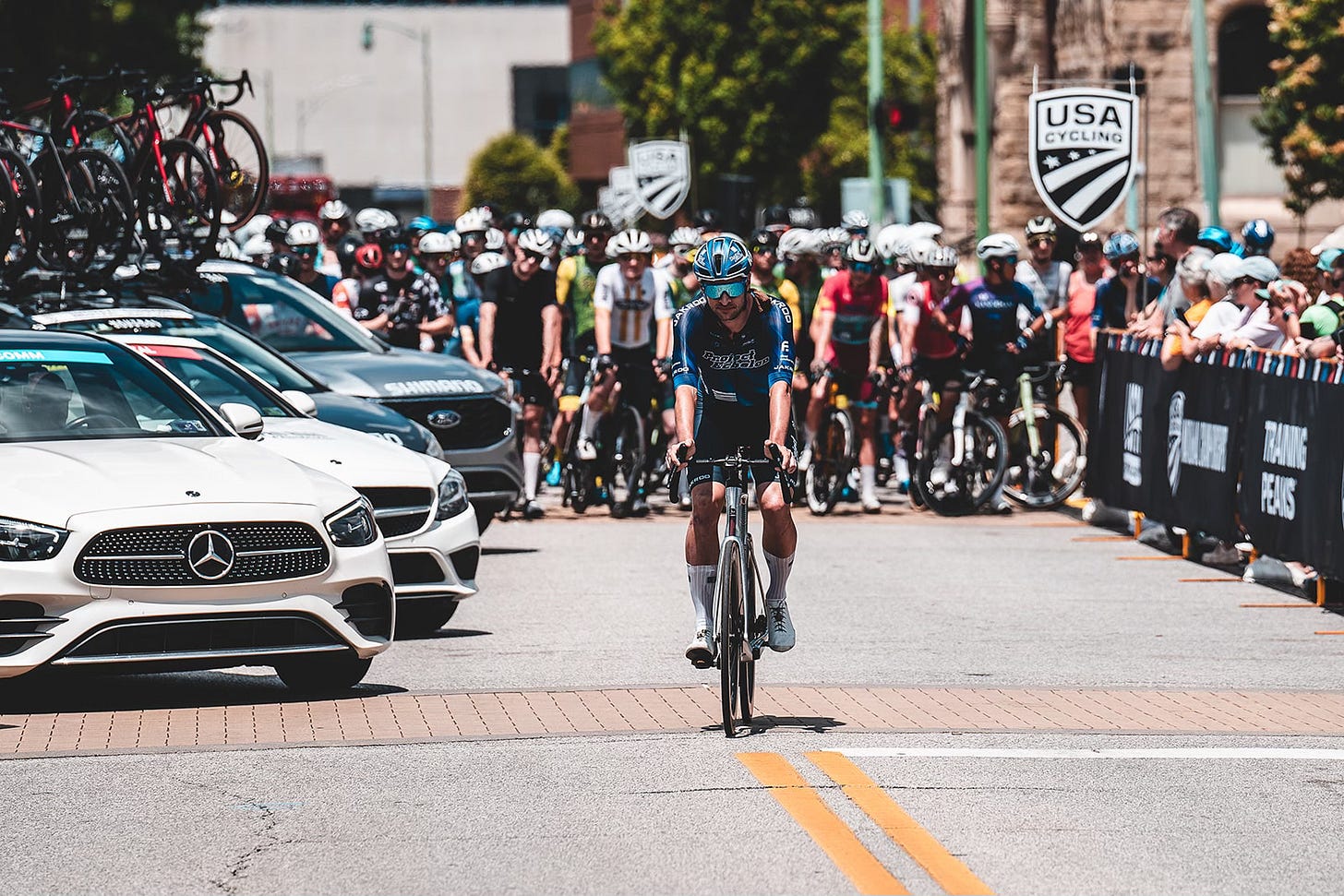
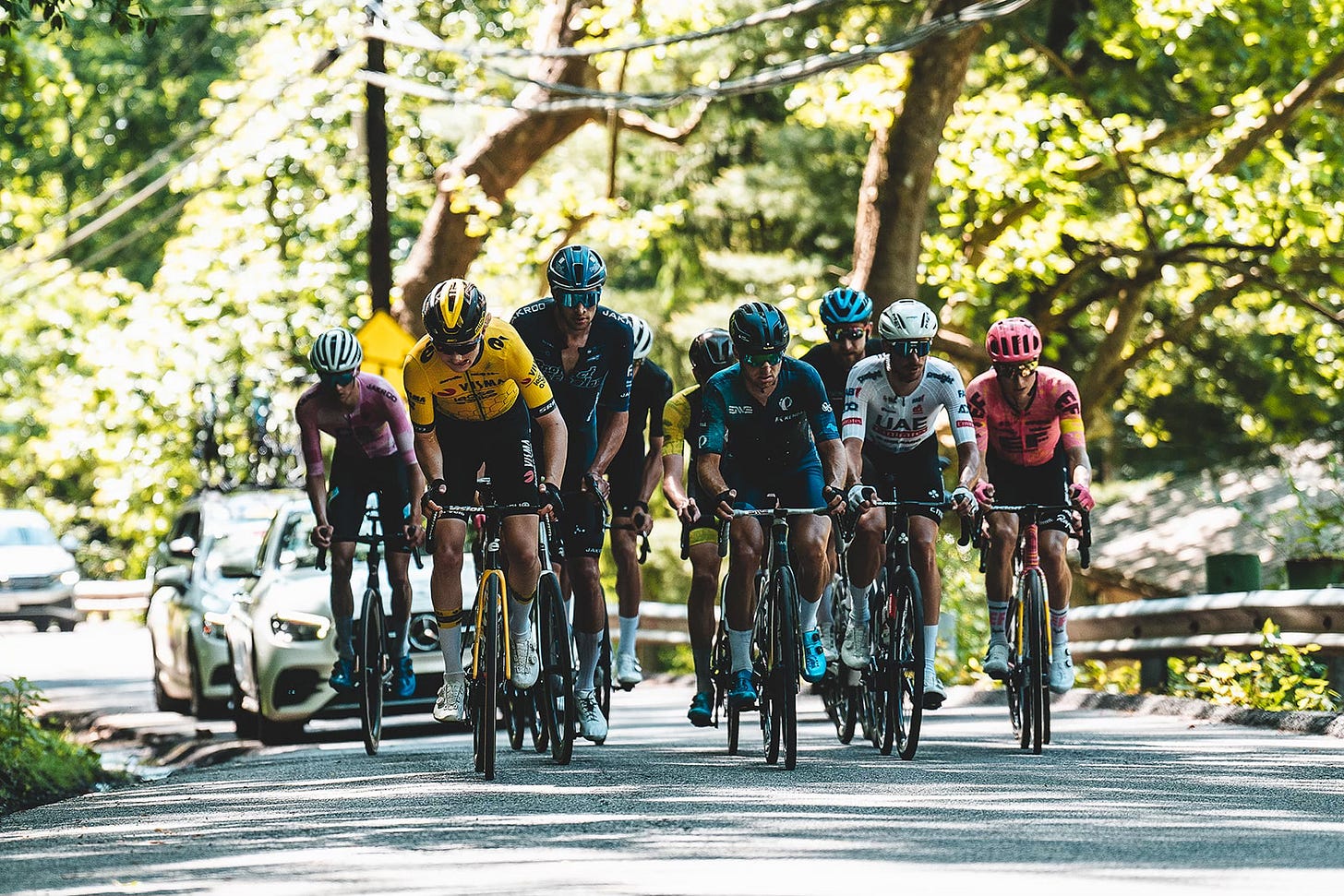
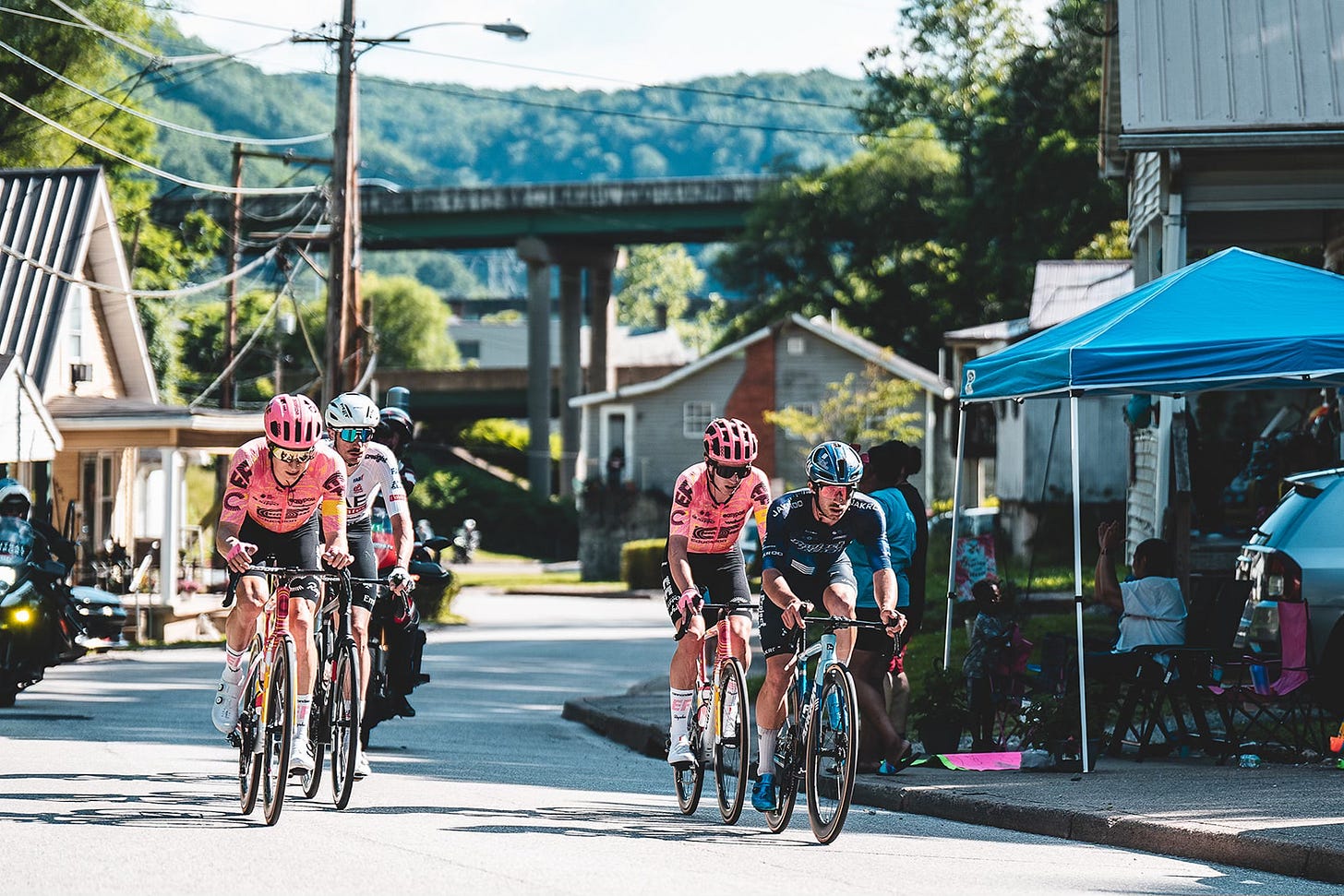
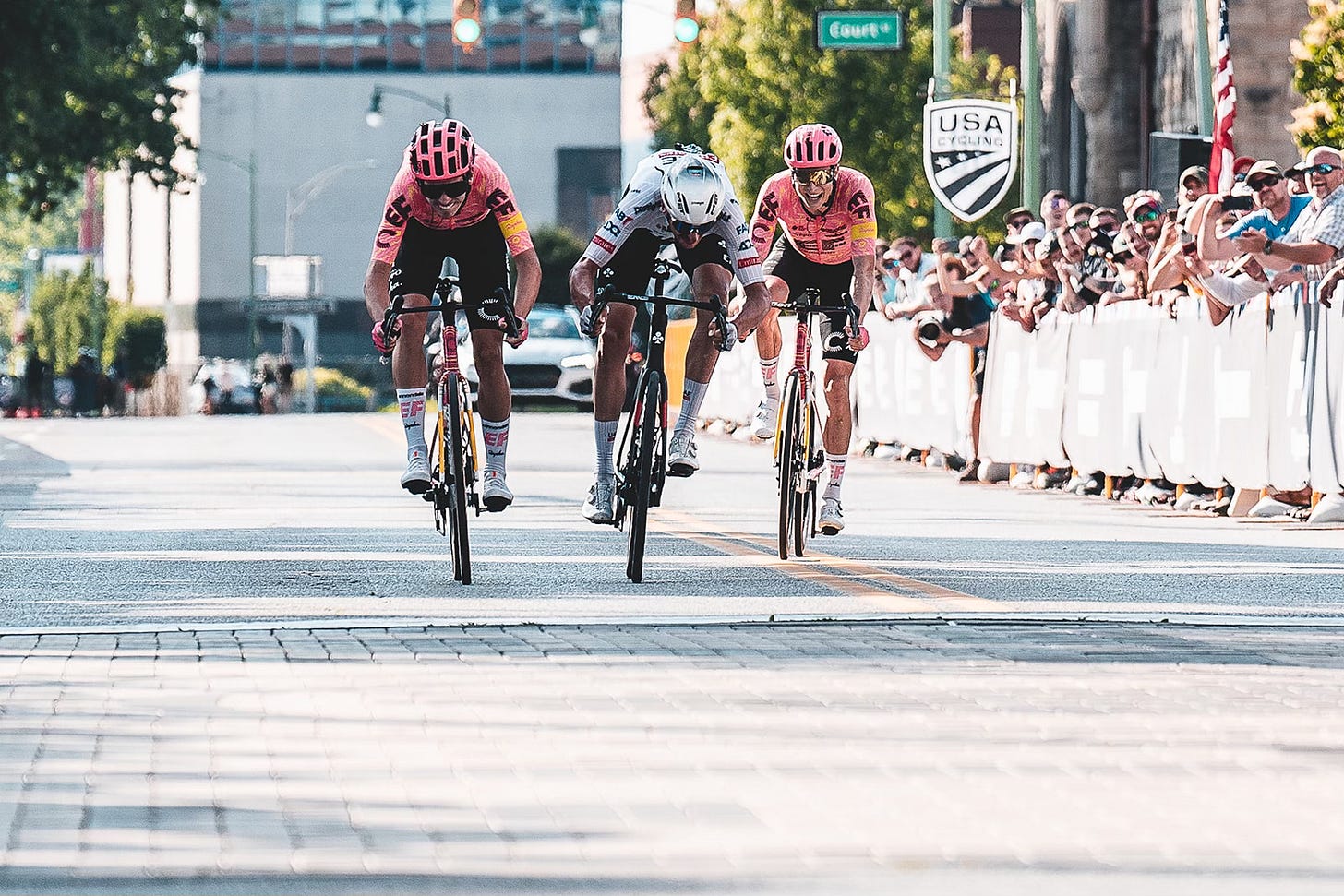
Thanks for sharing these thoughts
It’s funny (aka concerning) that a lot of us are having the same conversations about USAC albeit in different corners of the sport. I wrote about it for Inside Cyclocross following nationals last month. USAC is seemingly hyper focused on Olympic performances to the detriment of just about everything else. It’s quite the conundrum.
https://open.substack.com/pub/cyclocrosssocial/p/inside-cyclocross-20?r=4e2mf4&utm_medium=ios